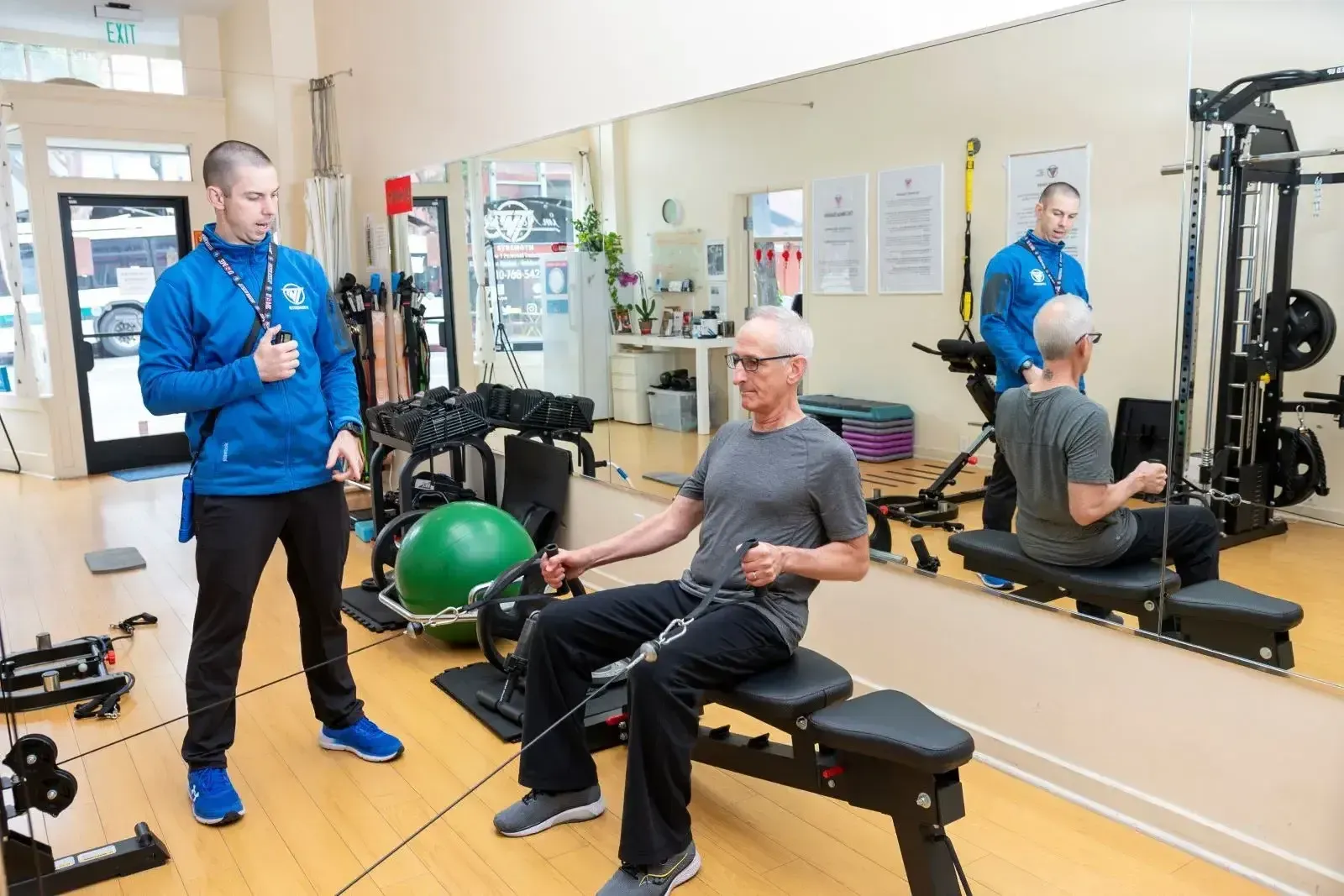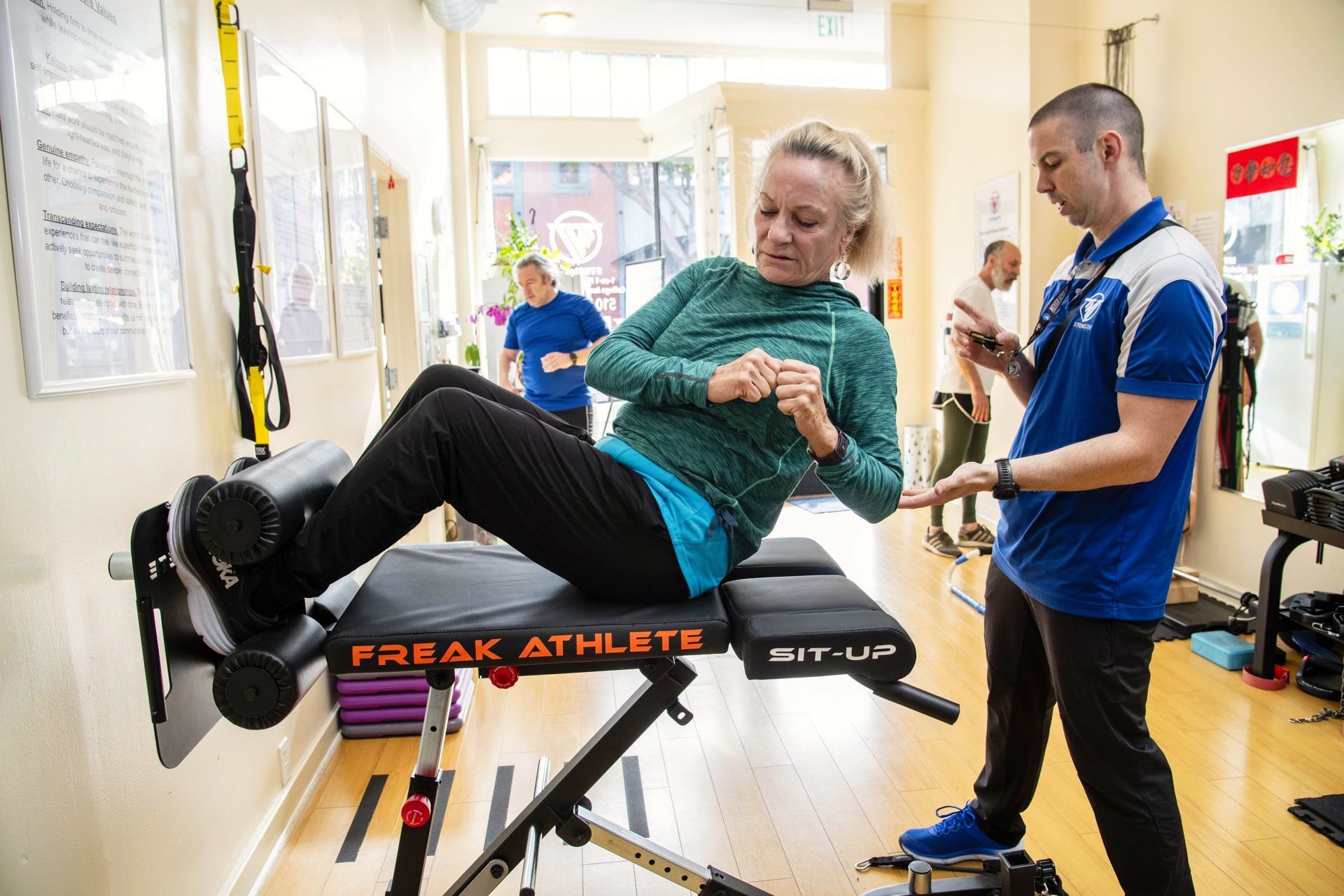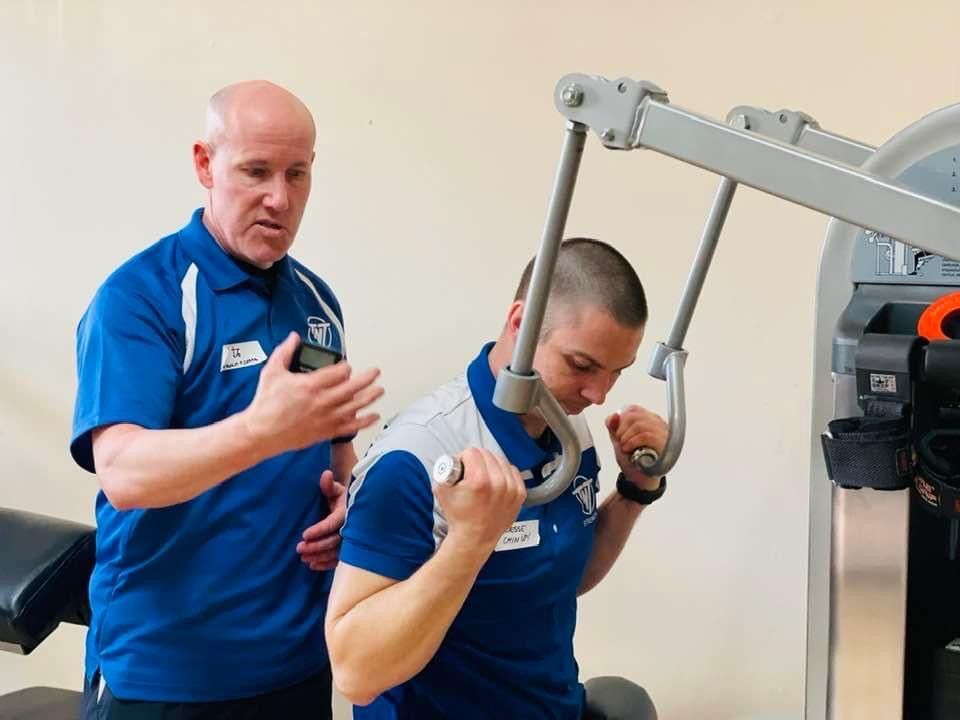Evidence Based Exercise Guidelines
By TAKU
Here are 16 useful Evidence Based Exercise Guidelines to keep your training safe, efficient, and effective.

1. Perceived effort is a good measure of intensity. Rather than focusing on protocols that use different percentages of 1 RM, focus on perceived effort. Using different percentages of 1 RM is not a good way to prescribe exercise programs. This is because across individuals, and different muscle groups, and different exercises, the same percentage of a 1 RM can yield a different number of repetitions. Such differences can exist within an individual. This means that for some people and for any exercise an individual performs, the prescription can be too hard or too easy, rendering it ineffective.
2. Different repetitions and resistance can yield the same degree of effort when the maximum repetitions are performed in a set. This means that a wide range of repetitions for a set can be equally effective. For example, a very high degree of effort and intensity can be reached in a set where you perform six repetitions in good form with a heavy resistance and ‘fail’ on an attempt at a seventh repetition or where you perform 12 repetitions with a more moderate weight and ‘fail’ on an attempt at a 13th repetition. In either case, the maximum recruitment of muscle fiber motor units would have occurred. You can choose to train with any number of repetitions with an effective set taking between about 30 seconds and 90 seconds.

3. There is no evidence that there is a separate way to train for strength or endurance. As you become stronger, you will increase your absolute muscular endurance. For example, if through training, you increase your strength in a movement from 60 lbs to 85 lbs, you may increase the number of repetitions you can perform with 40 lbs from 12 to 20. No special training is required to increase endurance. For each person and for each exercise and muscle group, relative muscular endurance is stable and appears genetically based. For example, a beginner’s 1 RM on an exercise may be 100 lbs and the trainee can perform 8 repetitions with 80 lbs (80%). Two years later, the trainee can do a 1 RM with 200 lbs and perform 8 repetitions with 160 lbs (80%). Relative endurance using a percent of 1 RM hasn’t changed and evidence indicates that it will not change. Protocols assuming that the relationship can be changed are not based on scientific research.

4. Based on raising a resistance in about 3 seconds and lowering the resistance in 3 seconds, performing several to 15 repetitions can be effectively used. If longer duration repetitions are performed such as using a 5- 5 or 10-10 (10 or 20 seconds for 1 repetition) then fewer repetitions can be used.
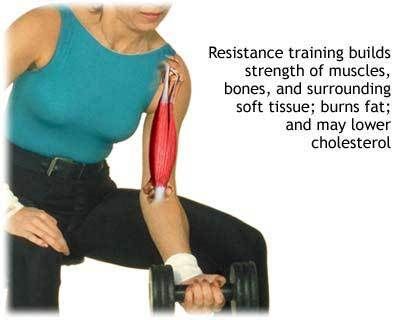
5. Increasing bone mineral density may depend upon using somewhat lower repetitions such as 6-8 and therefore training with somewhat greater resistance. A variety of exercises can be used because the effect of resistance training on bone mineral density is site specific.
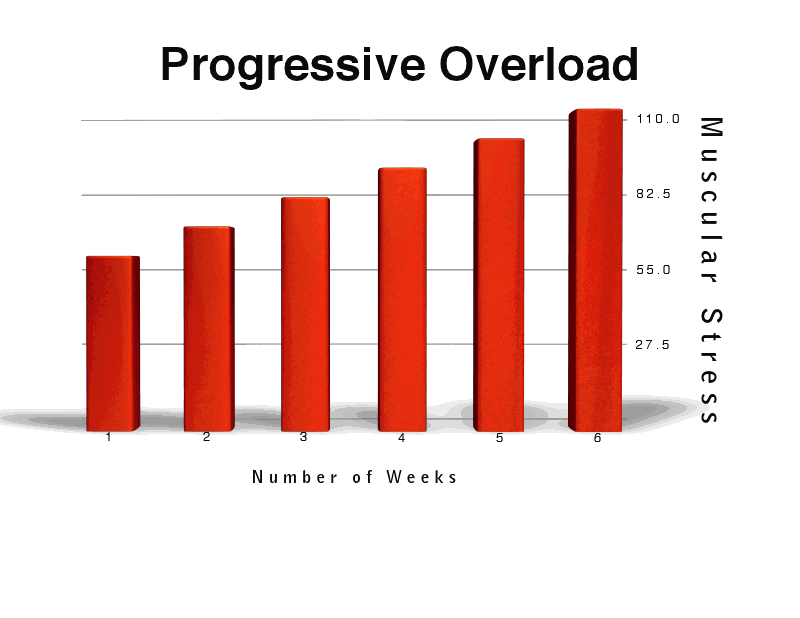
6. To increase strength, training has to produce an overload beyond a minimal threshold. Maximum effort produces maximum intensity and the greatest stimulus but the maximum stimulus may not produce any greater adaptation than a somewhat sub-maximal effort if there is some marginal overload. This means you should focus on progression while using great form and not an absolute maximum effort where form may be compromised.
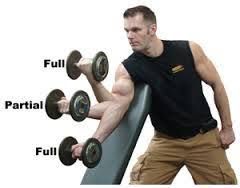
7. Train through as complete a range of motion that is comfortable for you.

8. Assuming all the other variables are kept constant, the intensity of training can be increased by increasing the weight, number of repetitions, and by reducing momentum through increasing the repetition’s duration. Muscular tension for an exercise may be maintained and intensity increased by not ‘locking-out’ on multiple joint exercises such as squats and bench press.
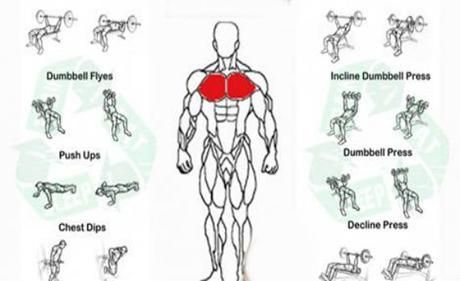
9. There is no evidence that any one exercise is better than any other exercise for a specific muscle group. There is no evidence that performing an exercise a specific way such as on a stability ball produces better outcomes for strength or endurance than if the exercise is performed in another way. The exercises are simply different.
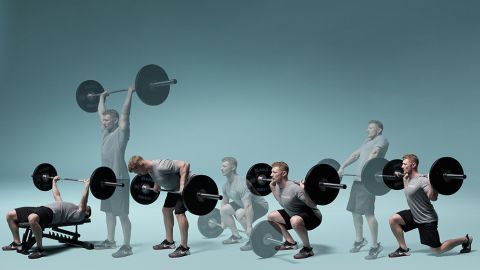
10. A variety of exercises can be used for each muscle group and can perhaps provide some physiological and psychological benefits beyond consistently performing the same exercise for a muscle group. However, a variety of exercises for each muscle group need not be performed in one training session but rather across training sessions.
11. While a few researchers have shown better outcomes for strength and muscular hypertrophy with multiple set protocols, the overall evidence does not support the performance of multiple sets of each exercise or higher volume training.

12. A guideline is to take about 3-5 seconds to raise the resistance and about 3-5 seconds to lower the resistance using a full range of motion for each repetition. Longer duration repetitions may decrease momentum and increase intensity.
13. There is not any consistent evidence that the stimulus (repetition performance, number, duration, volume of training) for experienced trainees needs to be different than for beginning trainees. Therefore, there is little or no basis for special ‘advanced’ routines promoted by some organizations, websites, and magazines.

14. A program for any trainee can consist of eight to 10 exercises performed two to three days per week. Different exercises for each muscle group could be varied across workouts. For example, a squat can be used for the thighs in the first workout in a week and the leg press can be used in the second workout.
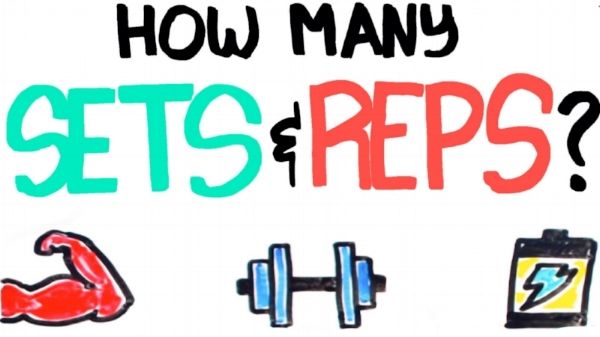
15. One set per exercise performed to volitional fatigue can be used with from 5-6 to 15 repetitions in a set if a 3-5 second (positive / negative), duration repetition is employed.
16. Training should be on two or three non-consecutive days in the week.
Experience the TNT Strength difference with a free workout.
START YOUR FITNESS TRANSFORMATION WITH A
FREE WORKOUT
Complete the form and we'll set up an appointment for you.

